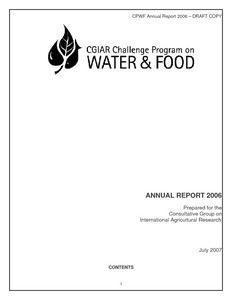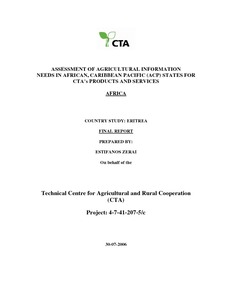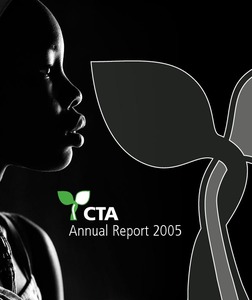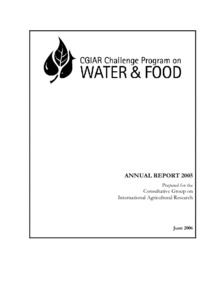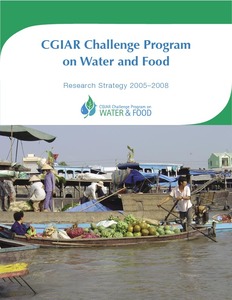The CGIAR Challenge Program on Water and Food (CPWF) is a multi-institutional research for development program
that seeks to create and disseminate international public goods to improve the productivity of water in river basins in
ways that are pro-poor, gender equitable and…
The present paper – the third in the HIV/AIDS Programme Working Paper Series – is based on field research conducted by two grassroots organizations – CINDI-Kitwe in Zambia and GROOTS Kenya in Kenya to map out and document cases of property grabbing from children, in particular those who…
Mangroves, commonly found along sheltered coastlines in the tropics and subropics, fulfil important socio-economic and envioronmental functions: providing wood and non-wood forest products, protecting shores against wind, waves and water currents; conserving biological diversity; protecting…
As an organisation, we look forward to ensuring continuity of professional services to our partners and ACP beneficiaries in the coming years as well as continuing with existing endeavours and embracing new opportunities as they may arise.
The people of the Sahel — that huge region stretching along the southern edge of the Sahara Desert — are still striving to recover from the fallout of the terrible droughts that have afflicted the area since 1973. Drought has shattered the momentum of socioeconomic development in Burkina Faso,…
The people of the Sahel — that huge region stretching along the southern edge of the Sahara Desert — are still striving to recover from the fallout of the terrible droughts that have afflicted the area since 1973. Drought has shattered the momentum of socioeconomic development in Burkina Faso,…
Trees in the Agrarian Systems of the Sahelian Zone of Niger: Management Practices, Benefits and Constraints. In the Sahelian regions, tree is an integrated part of the farming systems. The present study concerns the tree management practices, their benefits and constraints. A survey was…
At this point – just under half way (two years and six months) in the implementation of the first CPWF phase (and three years and eight months since inception began) governance and management processes are running smoothly, it is in reasonable financial health and technical processes – such as…
This introductory section covers the period since the submission of the last Mid-Term
Plan until present, and concentrates on the following areas:
> Principal areas of progress.
> Developments in 2005 and early 2006.
> Changes to the CPMT strategic…
The breadth and scope of the CGIAR Challenge Program on Water and Food’s (CPWF) mandate is substantial. This research strategy attempts to define this mandate by reviewing and refining its objectives and principles, and by clearly defining the path that will be followed to achieve its goals.…


